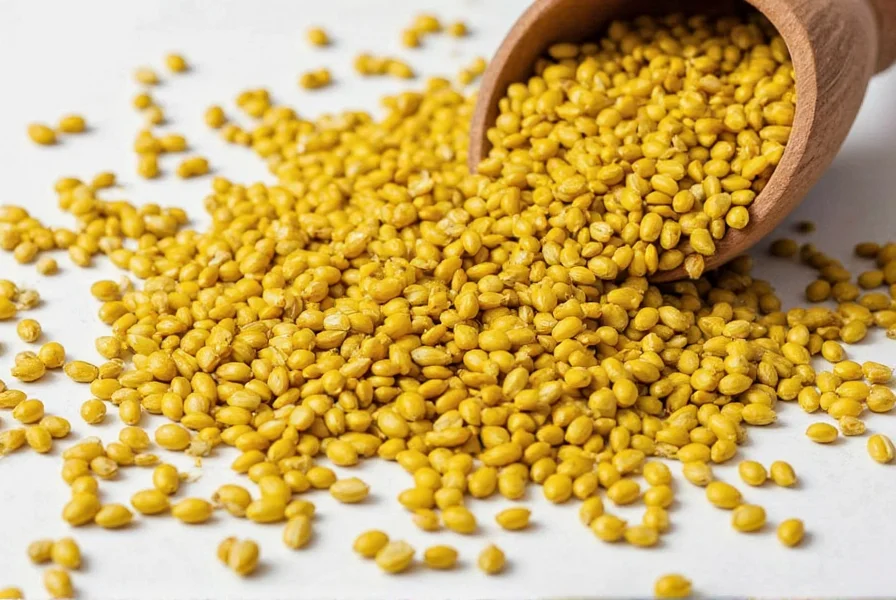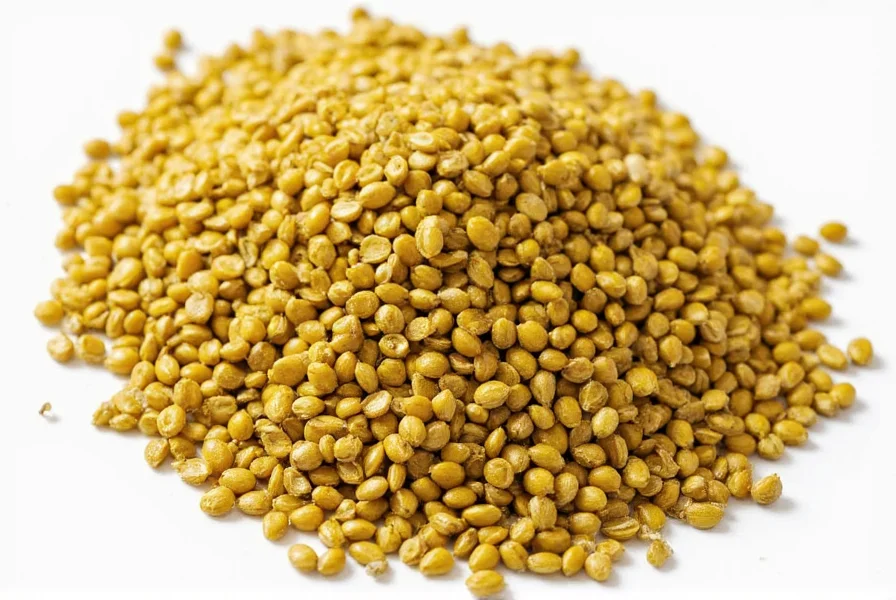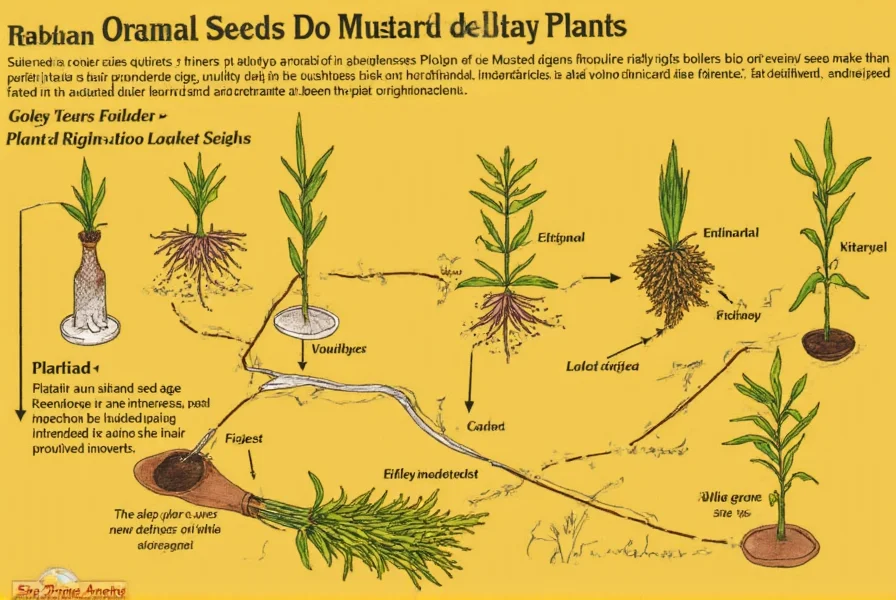For anyone curious about culinary ingredients or gardening, understanding the origin of mustard seeds reveals a fascinating agricultural history. These pungent seeds power everything from classic yellow mustard to spicy Dijon varieties, yet many people don't realize they come from flowering plants related to broccoli and cabbage.
The Mustard Plant Family Explained
Mustard seeds originate from annual plants belonging to the Brassicaceae (formerly Cruciferae) family, which includes familiar vegetables like broccoli, kale, and cauliflower. The three main commercial varieties differ in appearance, heat level, and growing conditions:
| Mustard Seed Type | Scientific Name | Origin Region | Seed Characteristics |
|---|---|---|---|
| Yellow/White | Sinapis alba | Mediterranean | Larger, mild flavor, light yellow |
| Brown/Indian | Brassica juncea | Himalayan region | Medium size, medium heat, brown |
| Black | Brassica nigra | Middle East | Smallest, hottest, dark brown/black |
Historical Journey of Mustard Cultivation
Archaeological evidence suggests mustard's story begins in ancient India around 5,000 years ago, where early civilizations first cultivated black mustard (Brassica nigra). By 3000 BCE, mustard seeds appeared in Egyptian tombs, indicating their value as both food and medicine. The Romans significantly expanded mustard production, grinding seeds with grape juice to create mustum ardens ("burning must"), which evolved into today's prepared mustard.
During the Middle Ages, monasteries across Europe became centers for mustard seed cultivation. By the 9th century, French monks in Dijon perfected the technique of mixing brown mustard seeds with unfermented grape juice, creating the distinctive condiment that still bears the city's name. This historical context explains why where do mustard seeds originate from connects to multiple ancient civilizations rather than a single location.

Modern Global Production
Today, mustard seed farming spans multiple continents, with different varieties thriving in specific climates. Canada leads global production, particularly of yellow mustard seeds, accounting for approximately 40% of worldwide output. The Canadian Prairies provide ideal conditions for Sinapis alba cultivation with their cool temperatures and well-drained soils.
India remains a major producer of brown and black mustard seeds, primarily in the states of Rajasthan, Gujarat, and Madhya Pradesh. These regions benefit from warm temperatures that suit Brassica juncea and Brassica nigra varieties. Other significant producers include Nepal, Hungary, and the United States (particularly in the Pacific Northwest).
From Plant to Pantry: The Growing Process
Understanding what plant do mustard seeds come from requires examining the plant's lifecycle. Mustard plants grow quickly, reaching maturity in 80-90 days. They produce vibrant yellow flowers that develop into slender seed pods. When these pods dry and turn brown, they're harvested, and the tiny seeds inside are separated through threshing.
The seeds themselves contain glucosinolates and myrosinase enzymes. When crushed and mixed with liquid, these compounds react to create the characteristic pungency. This chemical process explains why freshly prepared mustard has more intense flavor than pre-made versions.

Culinary and Agricultural Significance
Beyond their role as a condiment base, mustard seeds serve multiple purposes worldwide. In Indian cuisine, they're toasted to release nutty flavors in tempering oils. European traditions use them whole in pickling and sauerkraut preparation. Farmers value mustard plants as cover crops that suppress weeds and improve soil health through biofumigation.
The global mustard seed market continues evolving as chefs rediscover heirloom varieties and home gardeners experiment with growing their own. This renewed interest makes understanding the geographical sources of mustard seeds increasingly relevant for food enthusiasts and agricultural historians alike.
Frequently Asked Questions
Are mustard seeds and mustard plants the same thing?
Mustard seeds come from mustard plants. The seeds are the reproductive component produced by the flowering mustard plant after it matures. Different mustard plant species produce distinct seed varieties used for various culinary purposes.
Can you grow mustard seeds at home?
Yes, mustard plants grow easily in home gardens. They require full sun, well-drained soil, and moderate watering. Plant seeds directly in spring after the last frost. The plants mature quickly (80-90 days), producing harvestable seeds when the pods turn brown and dry.
What's the difference between yellow and black mustard seeds?
Yellow mustard seeds (from Sinapis alba) are larger, milder, and light yellow. Black mustard seeds (from Brassica nigra) are smaller, significantly hotter, and dark brown to black. Brown Indian mustard seeds fall between these in both size and heat level.
Why are Canadian mustard seeds so prevalent in commercial products?
Canada's Prairie provinces provide ideal growing conditions for yellow mustard (Sinapis alba), with cool temperatures and well-drained soils. Canadian farmers produce high-quality, consistent crops that make up approximately 40% of global yellow mustard seed supply, explaining their dominance in commercial mustard production.











 浙公网安备
33010002000092号
浙公网安备
33010002000092号 浙B2-20120091-4
浙B2-20120091-4